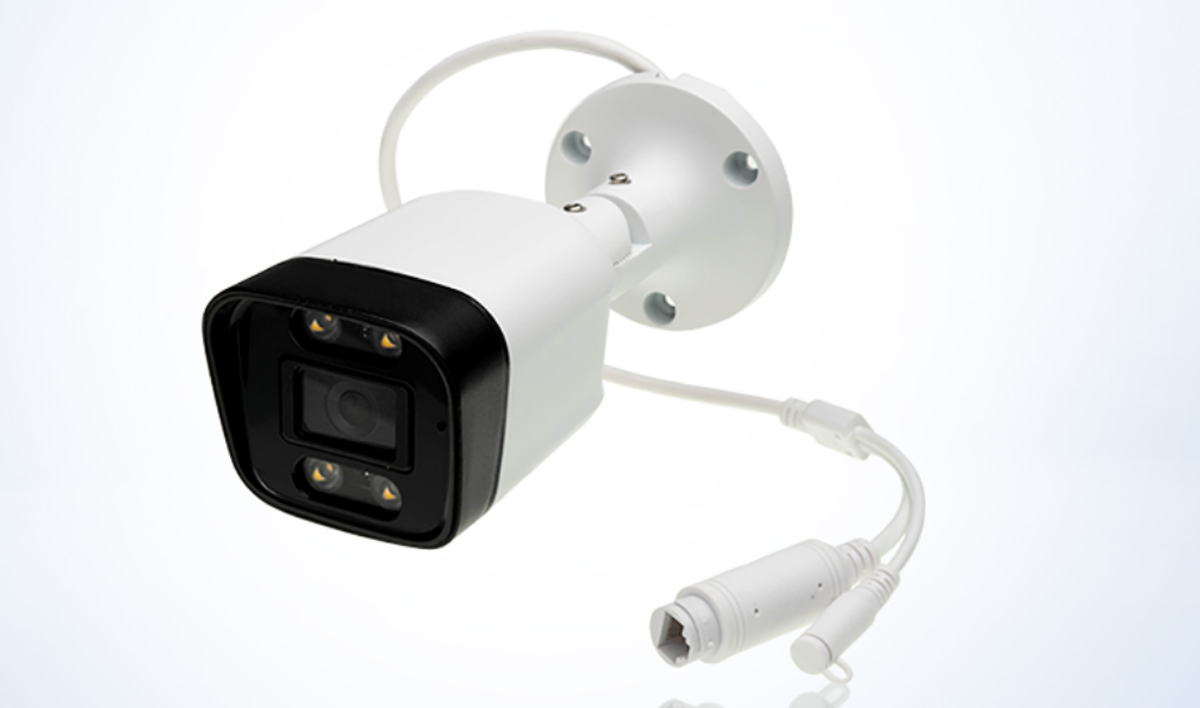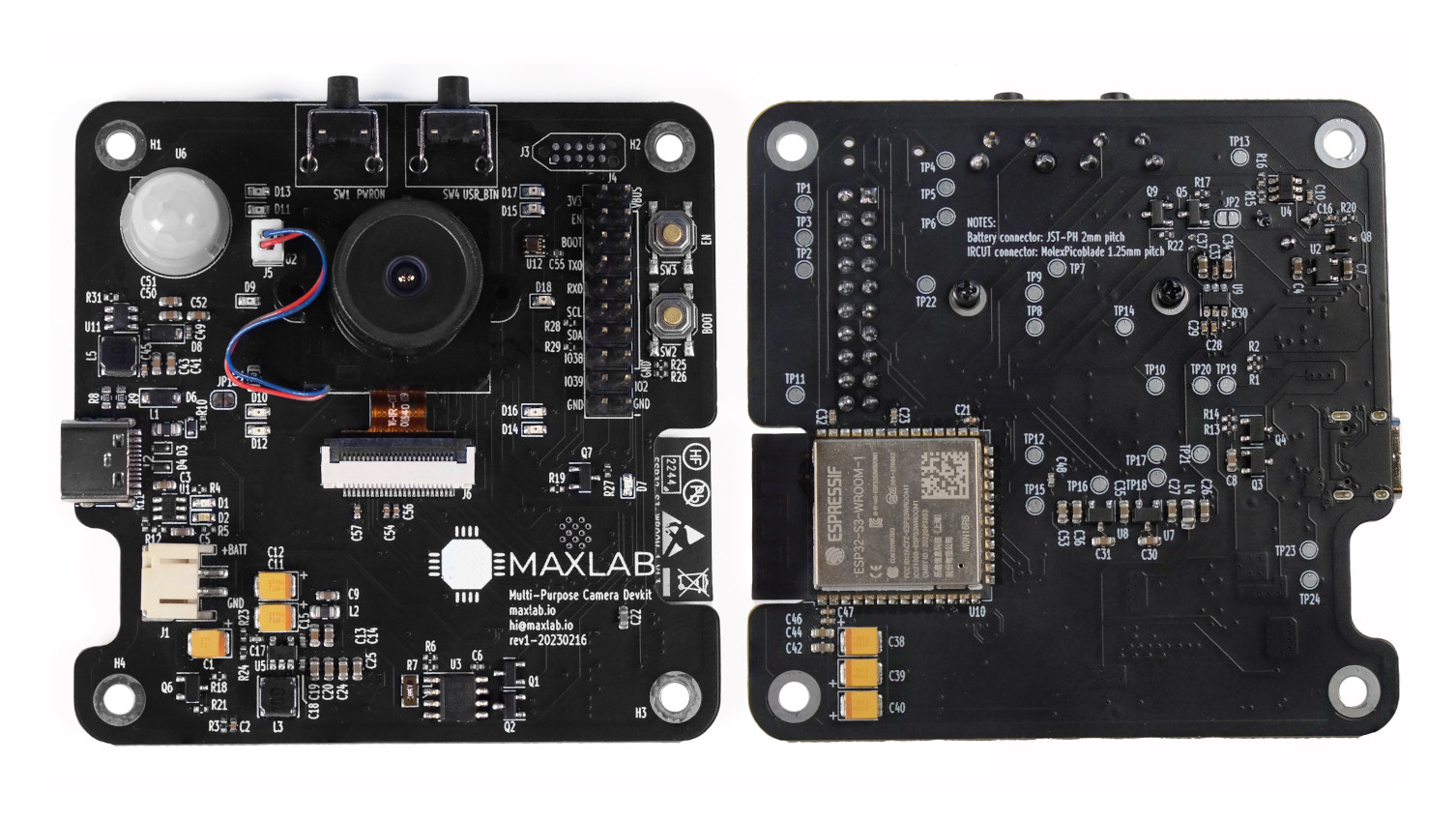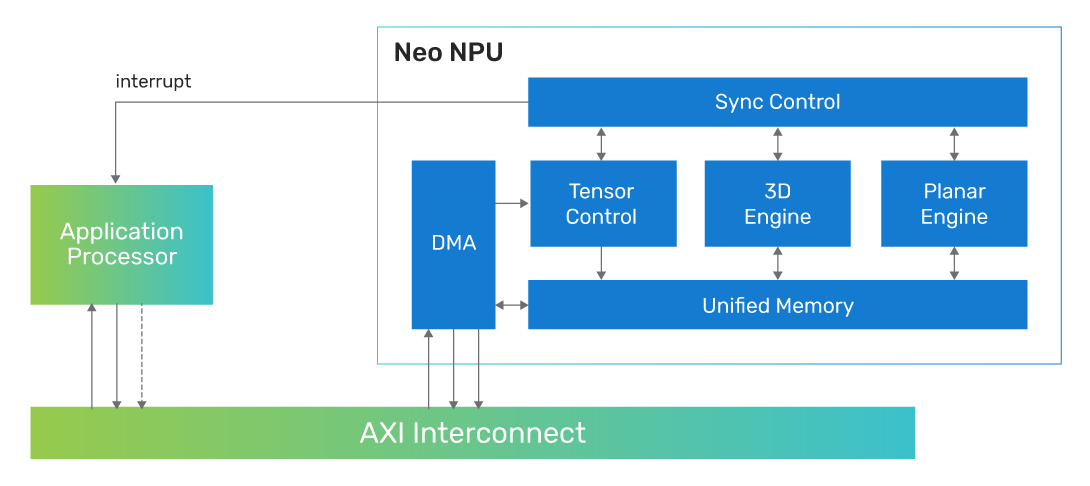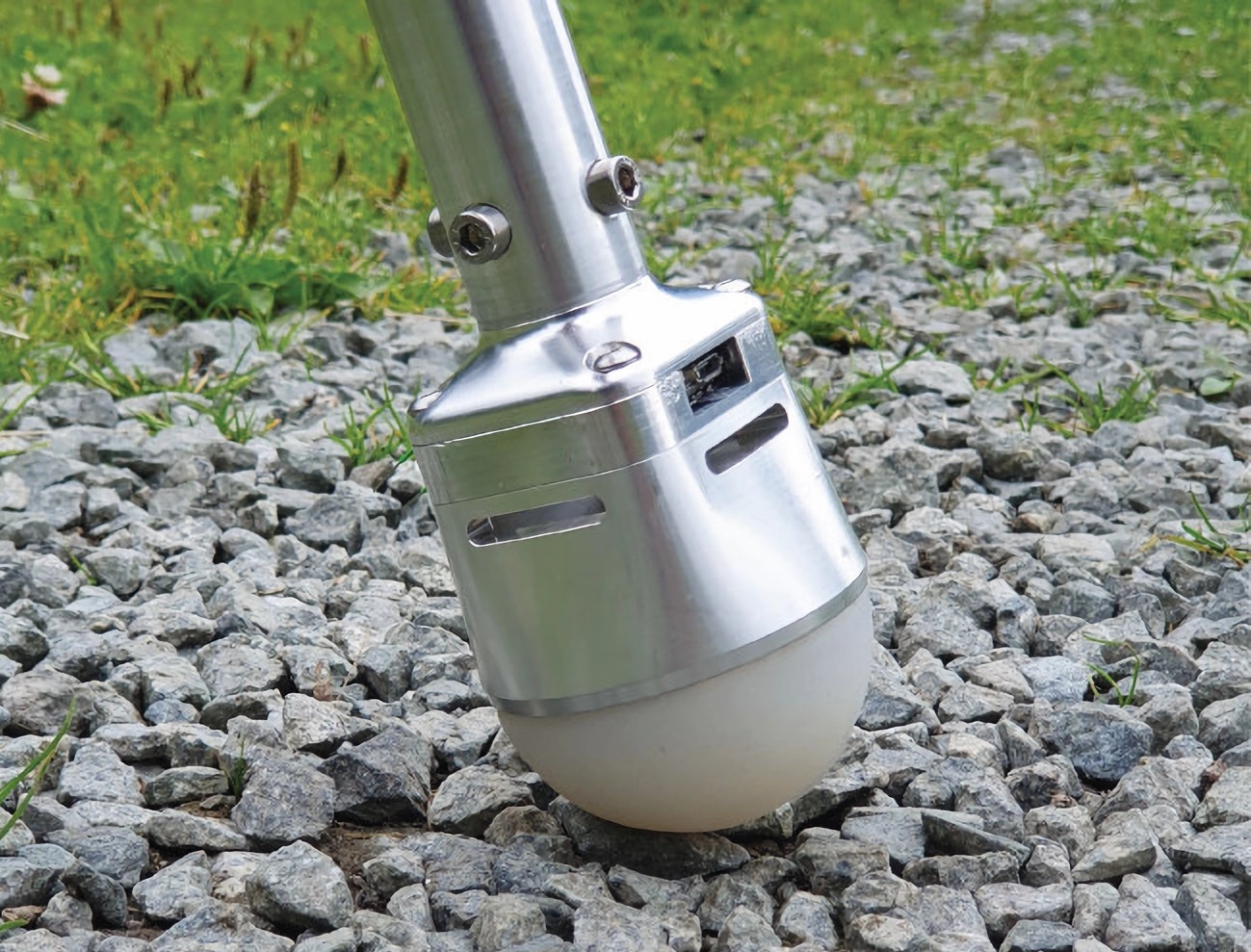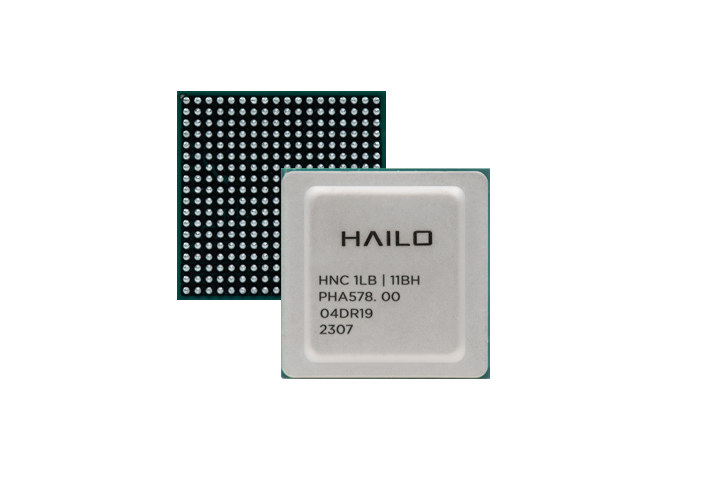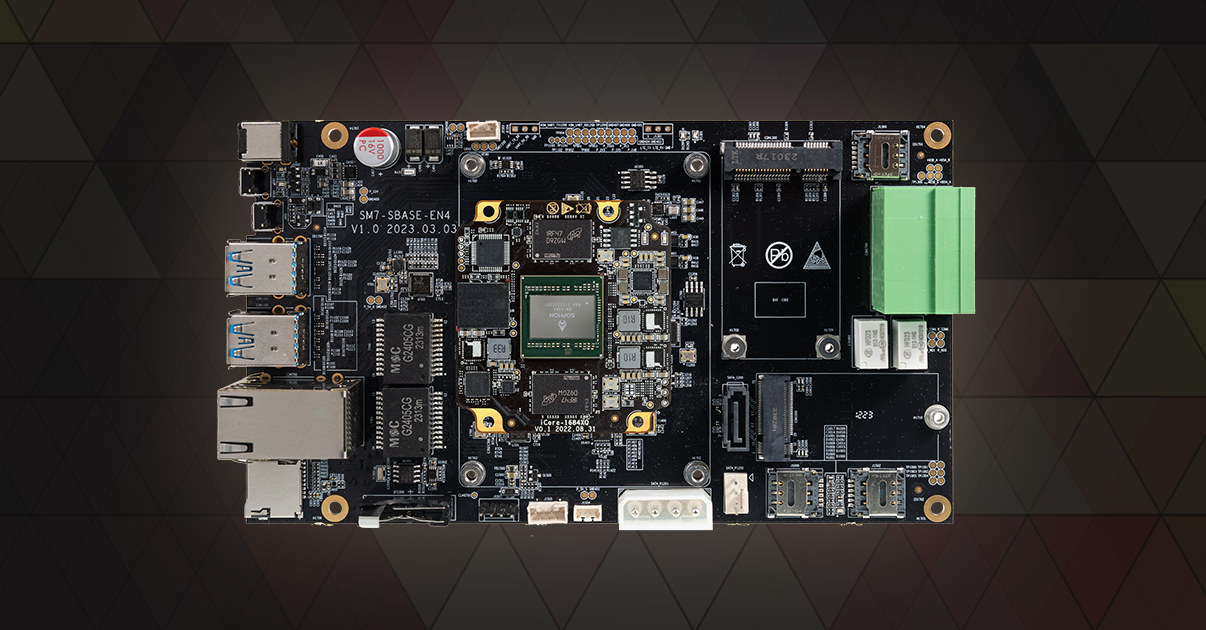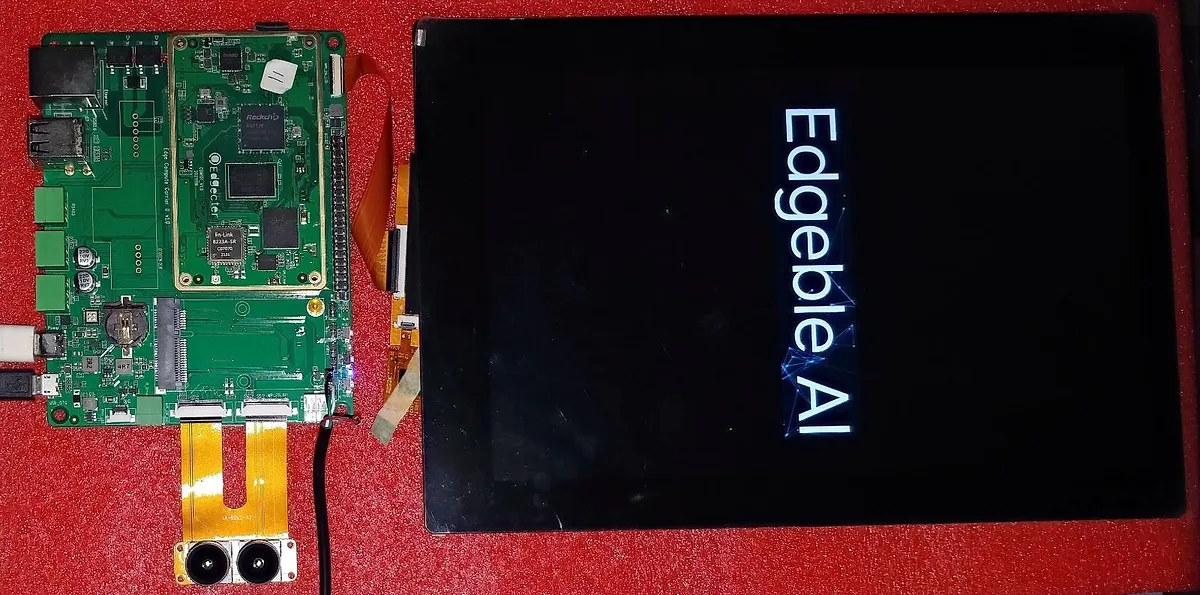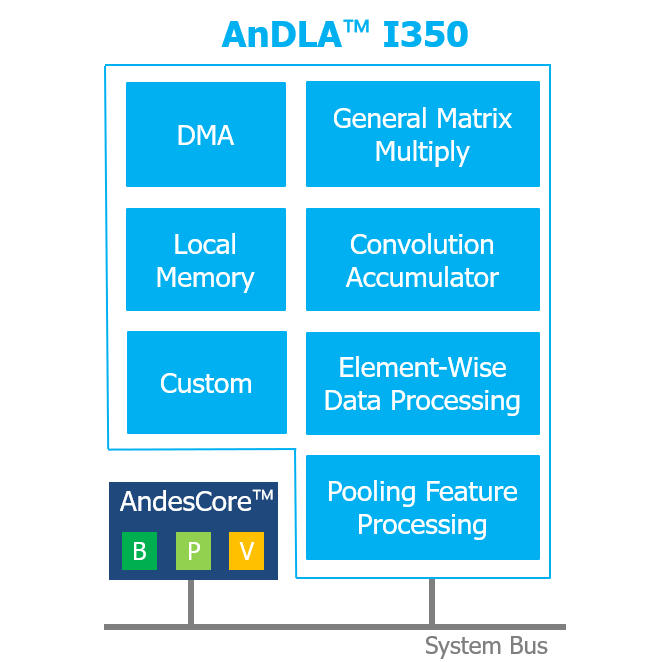Firefly CT36L AI Smart Camera (PoE) features a Rockchip RV1106G2 CPU with 0.5 TOPS NPU, a 5-megapixel ISP, and a 3-megapixel HD lens. It supports 100Mbps Ethernet with PoE and includes advanced image enhancements like HDR, WDR, and noise reduction, all while maintaining low power consumption and high image integration. We’ve previously explored various AI cameras such as Tokay Lite, EDATEC ED-AIC2020, ThinkCore TC-RV1126, Orbbec Persee+, M5Stack UnitV2 among others. Feel free to check them out for more information. Firefly CT36L AI Smart Camera (PoE) specifications: CPU – Rockchip RV1106G2 Arm Cortex-A7 @ 1.2GHz, with Neon and FPU NPU – 0.5 TOPS, supports INT4/INT8/INT16, TensorFlow/MXNet/PyTorch/Caffe/Onnx NN ISP – 5MP high-performance, HDR, WDR, 3DNR, 2DNR, sharpening, defogging, fisheye and gamma correction, feature detection VPU – 3072×1728 (5M) @ 30fps H.265/H.264 encoding, 16M@60FPS JPEG snapshot RAM – 128MB DDR3 built-in Storage – 16MB SPI Flash built-in Camera specifications: Type – Color Camera Image Sensor – SC3336 CMOS Size […]
Tokay Lite – A battery-powered no-code AI camera based on ESP32-S3 WiSoC (Crowdfunding)
Maxlab’s Tokay Lite is an OHSWA-certified AI camera based on ESP32-S3 WiFI and Bluetooth SoC that can be used for computer vision (e.g. facial recognition & detection) and robotics applications without the need to know programming languages since a web interface is used for configuration. The WiFi and Bluetooth AI camera also features night vision with four IR LEDs, an IR cut filter, light and PIR motion sensors, a 20-pin expansion connector with SPI and UART, support for an external RTC, and can take power from USB-C or a LiPo battery. Tokay Lite specifications: Wireless module ESP32-S3-WROOM-1 MCU – ESP32-S3 dual-core LX7 microprocessor @ up to 240 MHz with Vector extension for machine learning, 512 KB SRAM Memory – 8MB PSRAM Storage – 8MB SPI flash Connectivity – WiFi 4 and Bluetooth 5 with LE/Mesh PCB antenna Certifications – FCC/CE certification Camera OV2640 camera sensor (replaceable) via DVP interface Image Capabilities: […]
Cadence Neo NPU IP scales from 8 GOPS to 80 TOPS
Cadence Neo NPU (Neural Processing Unit) IP delivers 8 GOPS to 80 TOPS in single core configuration and can be scaled to multicore configuration for hundreds of TOPS. The company says the Neo NPUs deliver high AI performance and energy efficiency for optimal PPA (Power, Performance, Area) and cost points for next-generation AI SoCs for intelligent sensors, IoT, audio/vision, hearables/wearables, mobile vision/voice AI, AR/VR and ADAS. Some highlights of the new Neo NPU IP include: Scalability – Single-core solution is scalable from 8 GOPS to 80 TOPS, with further extension to hundreds of TOPS with multicore Supports 256 to 32K MACs per cycle to allow SoC architects to meet power, performance, and area (PPA) tradeoffs Works with DSPs, general-purpose microcontrollers, and application processors Support for Int4, Int8, Int16, and FP16 data types for CNN, RNN and transformer-based networks. Up to 20x higher performance than the first-generation Cadence AI IP, with […]
TRACEPaw sensorized paw helps legged robots “feel the floor” with Arduino Nicla Vision
Our four-legged friends don’t walk on tarmac the same way as they do on ice or sand as they can see and feel the floor with their eyes and nerve endings and adapt accordingly. The TRACEPaw open-source project, which stands for “Terrain Recognition And Contact force Estimation through Sensorized Legged Robot Paw“, aims to bring the same capabilities to legged robots. Autonomous Robots Lab achieves this through the Arduino Nicla Vision board leveraging its camera and microphone to run machine learning models on the STM32H7 Cortex-M7 microcontroller in order to determine the type of terrain and estimate the force exercized on the leg. But the camera is apparently not used to look at the terrain, but instead, at the deformation of the silicone hemisphere – made of “Dragon Skin” – at the end of the leg to estimate 3D force vectors, while the microphone is used to recognize terrain types […]
Hailo-8L 13 TOPS AI accelerator targets entry-level edge devices
Hailo introduced the Hailo-8 AI accelerator offering up to 26 TOPS in 2020, and we’ve found it integrated into many designs since then. The company has now launched a cost-down version with the Hailo-8L AI accelerator delivering up to 13 TOPS for more cost-sensitive entry-level edge devices, or workloads that do not require the more powerful Hailo-8. Hailo says the Hailo-8L offers low-latency, high-efficiency processing, and is capable of handling pipelines with multiple real-time streams and concurrent processing of multiple models and AI tasks. The new Hailo-8L is compatible with the Hailo-8 and relies on the same Hailo-8 software suite, so they could be integrated into existing designs for cost savings. Hailo-8L key features and specifications: 13 Tera-Operations Per Second (TOPS) Real-time, low latency & high-efficiency AI inferencing on edge devices No external memory required Scalable with simultaneous processing of multi-streams & multi-models Typical power consumption – 1.5W Commercial & […]
Firefly AIO-1684XQ motherboard features BM1684X AI SoC with up to 32 TOPS for video analytics, computer vision
Firefly AIO-1684XQ is a motherboard based on SOPHGO SOPHON BM1684X octa-core Cortex-A53 AI SoC delivering up to 32TOPS for AI inference, and designed for computer vision applications and video analytics. The headless machine vision board is equipped with 16GB RAM, 64GB eMMC flash, and 128MB SPI flash, and comes with a SATA 3.0 port, dual Gigabit Ethernet, optional 4G LTE or 5G modules, four USB 3.0 ports, and a terminal block with two RS485 interface, two relay outputs, and a few GPIOs. Firefly AIO-1684XQ specifications: SoC – SOPHGO SOPHON BM1684X CPU – Octa-core Arm Cortex-A53 processor @ up to 2.3 GHz TPU – Up to 32TOPS (INT8), 16 TFLOPS (FP16/BF16), 2 TFLOPS (FP32) VPU Up to 32-channel H.265/H.264 1080p25 video decoding Up to 32-channel 1080p25 HD video processing (decoding + AI analysis) Up to 12-channel H.265/H.264 1080p25fps video encoding System Memory – 16GB LPDDR4x Storage 64GB eMMC flash 128MB SPI […]
Edgeble AI Neural Compute Module 2 (Neu2) follows 96Boards SoM form factor
Edgeble AI’s Neurable Compute Module 2, or Neu2 for shorts, is a system-on-module for computer vision applications based on the Rockchip RV1126 quad-core Cortex-A7 camera processor that follows the 96Boards SoM form factor. I first found the Neu2 and Neu6 (Rockchip RK3588) in the release log for the Linux 6.3 kernel, but at the time I found there was not enough information about those. The specifications for the Neu6 are still wrong (e.g. “64-bit processor with 4x Cortex-A7 core”) at the time of writing, so I’ll check the Neu2 system-on-module and its industrial version – the Neu2K based on RK1126K – for which we have more details. Edgeble Neu2 SoM specifications: SoC – Rockchip RV1126/RV1126K with CPU – Quad-core Arm Cortex-A7 @ 1.5GHz, RISC-V MCU @ 200MHz; (14nm SMIC process) GPU – 2D graphics engine NPU – 2 TOPS with INT8/INT16 VPU 4K H.264/H.265 video encoder up to 3840 x […]
AndesAIRE AnDLA I350 AI/ML IP block is configurable from 64 GOPS to 8TOPS for Edge AI SoCs
Andes Technology has just announced the AndesAIRE product line, where AndesAIRE stands for Andes AI Runs Everywhere, comprised of the AndesAIRE AnDLA I350 (Andes Deep Learning Accelerator) AI/ML hardware accelerator intellectual property (IP) and the AndesAIRE NN SDK with neural network software tools and runtimes. AndesAIRE AnDLA I350 AnDLA I350 specifications: Configurable MACs from 32 to 4096 (INT8) Maximum performance – 8 TOPS at 1GHz Configurable local memory – 16KB to 4MB Multi-dimension DMA Four 64-bit AXI bus interfaces NN type – CNN inference NN models Image and Video: AlexNet, VGG-16/19, MobileNet-v1/v2/v3, ResNet-8/50, Tiny YOLO v1/v2, YOLO v1/v2/v3/v4/v5, SSD MobileNet v1/v2, Inception v2, EfficientNet-lite, MobileFaceNet, BlazeNet Speech/Voice and audio: LSTM, RNN, GRU Operators: Conv2d, depthwise convolution, pointwise convolution, transpose convolution, dilated convolution, element-wise (add, sub, mul), fully-connected, activation (ReLU, leaky ReLU, sigmoid, Tanh, ReLU6, SiLU), pooling (max, ave), upsample, concatenation, batch normalization, channel padding Operator fusion NHWC data format The IP […]


